Table of Contents Show
Melons are classified in the Cucurbitaceae family of fruits, which includes the same family as strawberries, raspberries, and cucumbers.
Melons come in all kinds of different shapes, sizes, and colors. Watermelons, cantaloupes, and honeydew melons are the most popular melons in the summertime.
Some types of melons may be elongated, oval, completely spherical, or have rough, scaly skin. Melons may have flesh that is red, yellow, or green.
Despite these options, you are not required to limit yourself to these kinds of melons of yellow or green color. There are many more delicious types of melons to try.
Melons have been in cultivation for thousands of years. They originate from South Asia, Africa, India, and Iran.
Melons grown to more than 200 lb. in weight exist in other varieties.
More on picking the right melon at the end! For now, let’s talk types.
15 Different Types of Melons
From a nutritional standpoint, all melons, including cantaloupes, honeydews, and casabas, are a good source of vitamins, minerals, and vital elements.
Aside from that, melons are highly beneficial for your digestive system since they are high in water and fiber.
1. Canary Melon
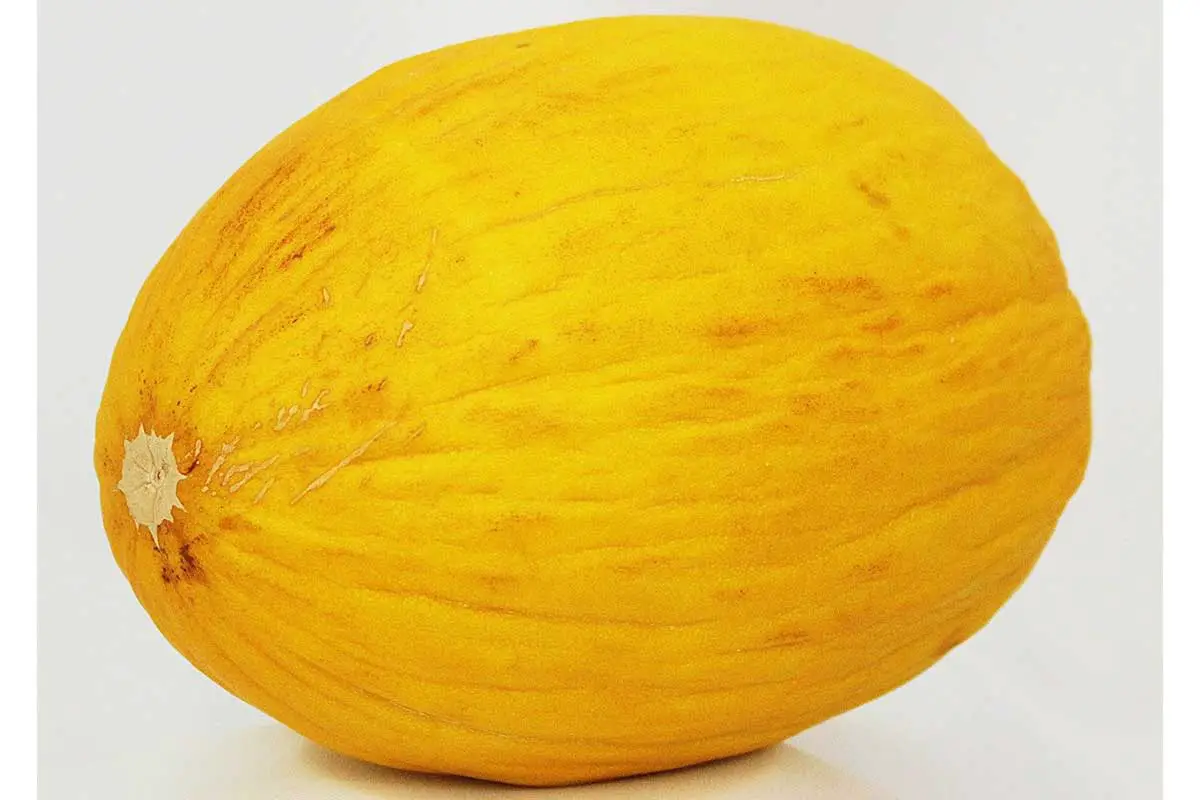
This kind of melon is called the canary melon because of the yellow skin that mimics the bird.
Canary melon slices show delicate flesh, light green, and somewhat yellow in color. The flavor is slightly similar to a pear but sweeter.
The taste is described as having a tang to it, similar to that of honeydew melon. This kind of melon is at its prime when it is soft, sweet, and juicy. Like honeydew melons, every salmon-colored seed is found in the middle of this golden melon.
Canary melon is ready to eat when it is entirely yellow, devoid of any green hues. While it is still ripening, examine the rind. It should have a waxy feel to it.
2. Cantaloupe Melon
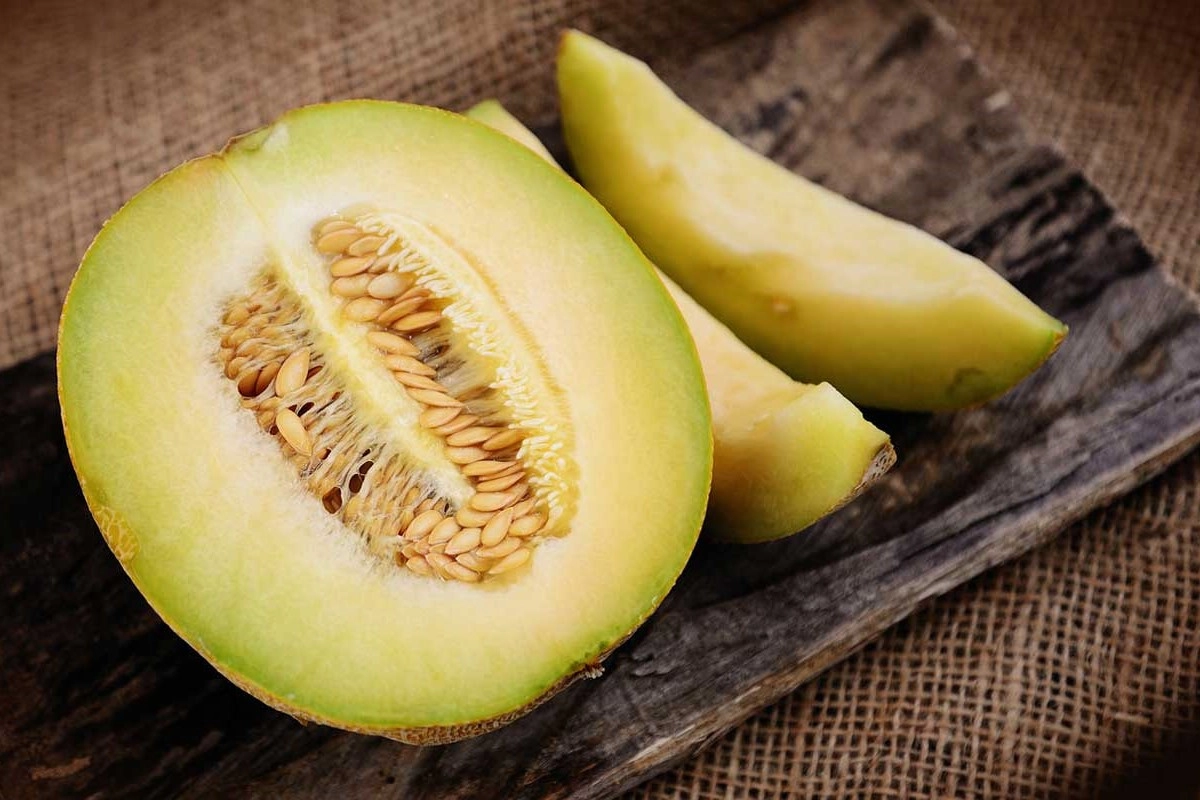
One of the most popular melon varieties is the Cantaloupe melon (Cucumis melo var. cantalupo), with its netted green and beige skin and sweet orange flesh.
This kind of melon, which originated in Asia, arrived in the US and Europe around the late 1800s. Cantaloupes are both kinds of melon that come in different shapes but have unique skin.
In the case of some types of cantaloupes, these mesh-like patterns and black stripes may give the fruit a basketball-like appearance.
A kind of muskmelon called a cantaloupe melon has a flowery fragrance. The light-orange flesh is covered in a green rind which is exceptionally delicious and juicy. Raw eating is the best way to enjoy these delicious melons.
Most specialists believe that melon cultivars have a smooth, velvety texture and pleasant aromas.
3. Ananas Melon (Cucumis Melo)
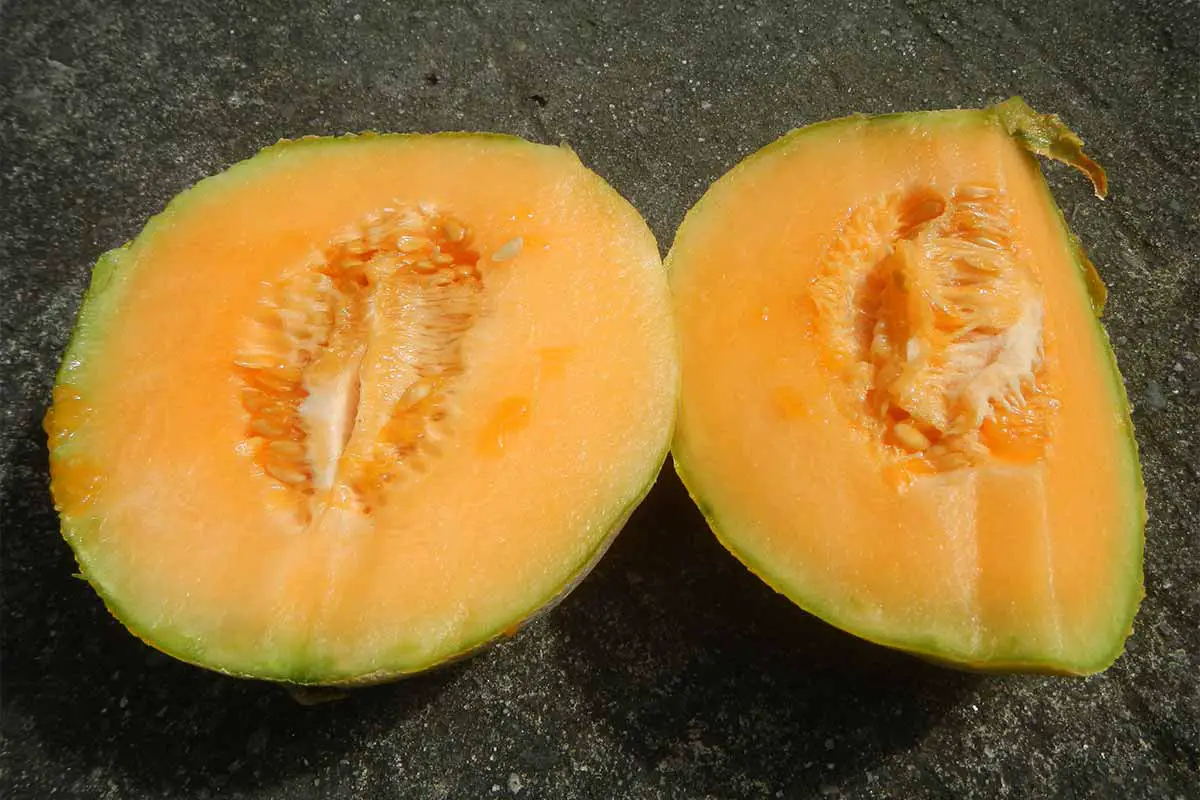
Ananas is a particular kind of muskmelon that has an oval shape, like a cantaloupe. This is a gorgeous orange-fleshed muskmelon that has a smooth, creamy feel.
In several European languages, the word for pineapple is “Ananas.” The name aptly reflects the delightful pineapple smells that appear when a fully ripe Ananas melon is cooked.
4. Honeydew Melon
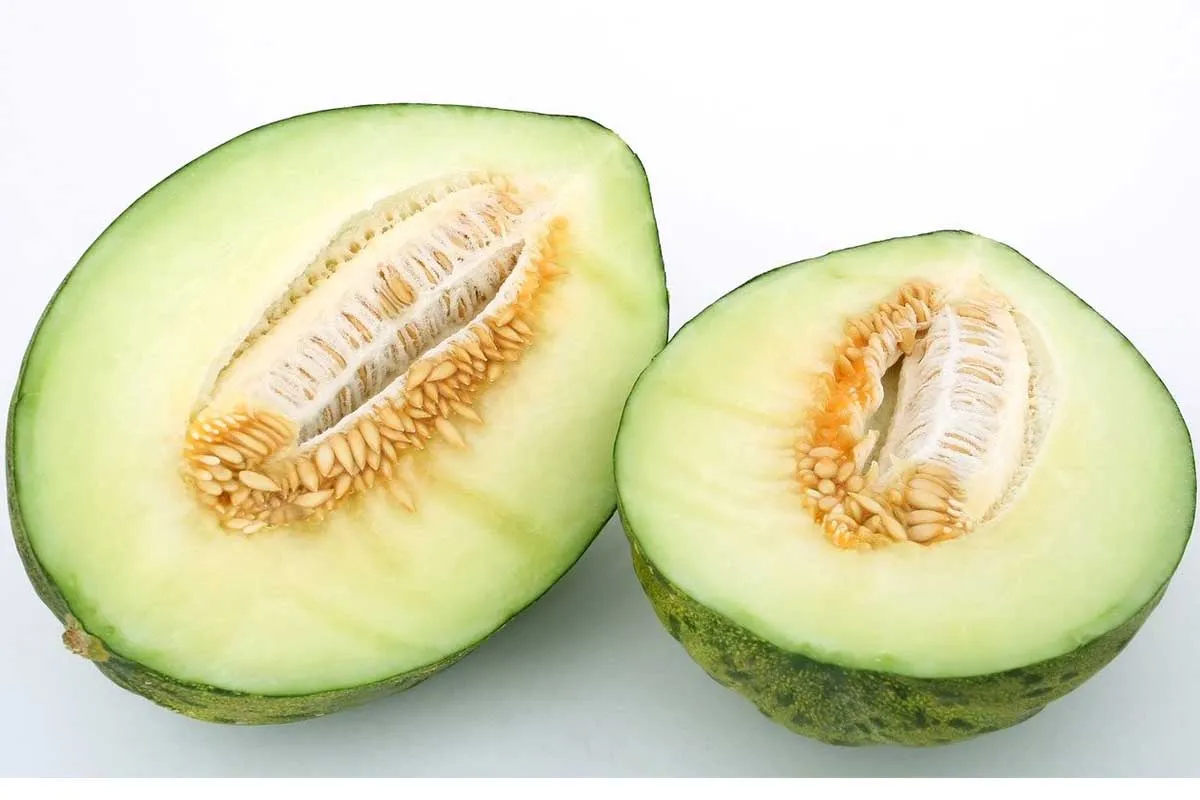
Honeydew melons are a kind of melon with an oval form, light green skin, and flesh that’s quite similar in colour. When honeydew melons are allowed to mature on the vine, they are at their tastiest.
The honeydew is similar to a muskmelon, with soft, silky skin and a sweet, honey-like flavor. Honey melons are different from cantaloupes in that their flesh is generally very bland.
The most important thing is that they are an extraordinary kind of melon, not that they’re not very sweet.
Winter melons, including honeydew melons, are widely accessible in North America throughout the winter months.
Due to their long shelf life and excellent sweetness when they have been allowed to mature gently, these candies have an exceptionally long lifespan.
5. Watermelon
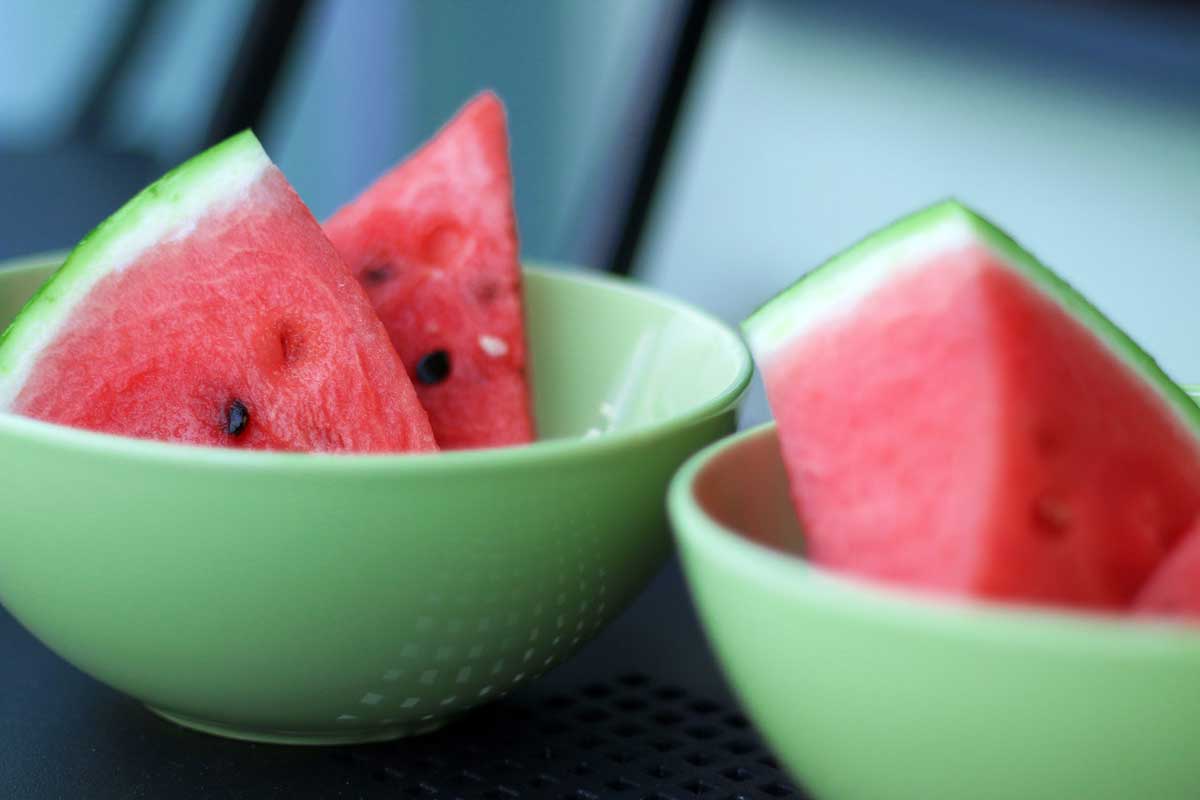
One of the more giant melons, the watermelon (Citrullus lanatus) is known as Citrullus. This melon features dark green stripes that are often green.
While the thick rind conceals a bright red flesh below, the melon’s skin hides incredibly delicious melon flesh.
The red or pink-fleshed kind of watermelon is the most often seen variety. Although, there are yellow and orange-fleshed strawberries, too.
Seedless watermelons are becoming more popular. The majority of watermelon varieties include seeds throughout the flesh.
6. Muskmelon (Korean Melon)
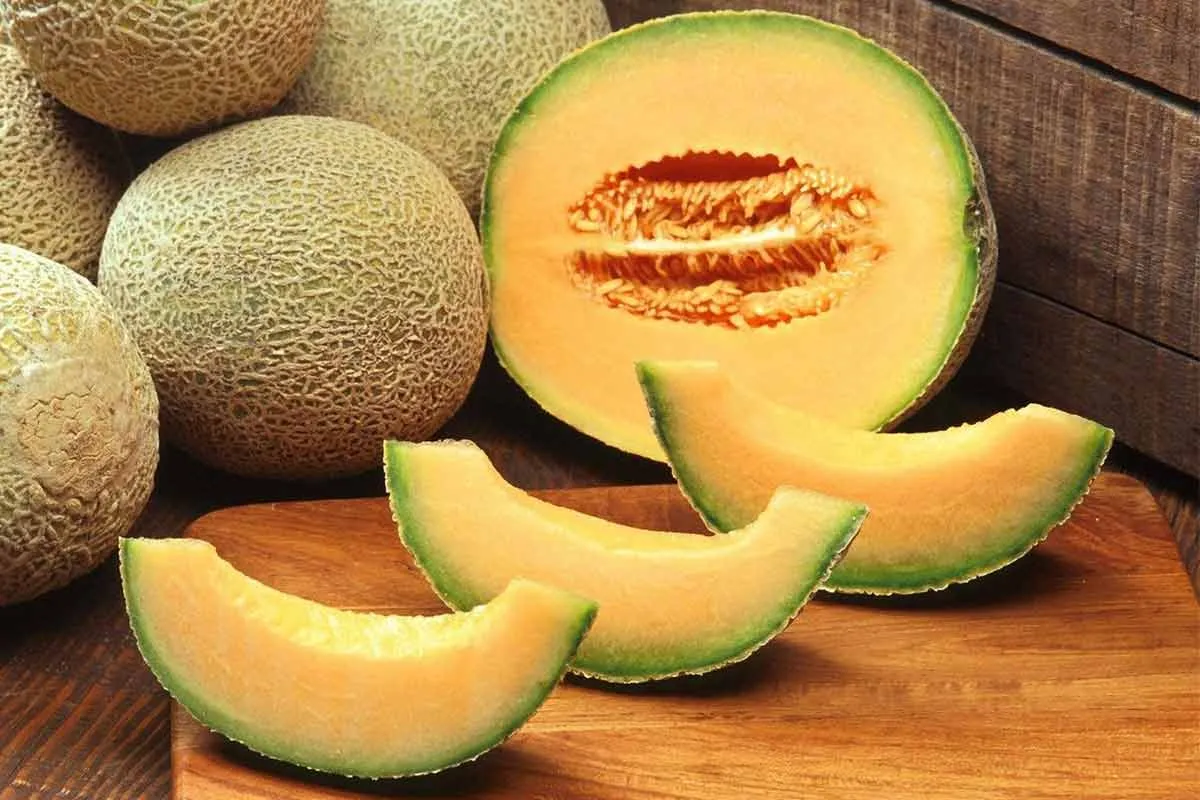
The yellow-skinned oval muskmelon (also known as Korean melon) has thin, light-colored stripes along the length of the skin and a pale pink to light-orange flesh.
The golden skin and transparent white meat of Korean melons set them apart from most muskmelons. While it’s not quite honeydew melons or pears, the brilliant yellow melon is delicious, and many have compared it to them.
According to Korean melon experts, the skin of Korean melons is so thin that it is edible. Even if you intend on eating the melon’s skin, be sure to wash it beforehand properly.
Just for added information, seedless watermelon isn’t a genetically modified fruit. It’s actually naturally made through cross-breeding different breeds. They are grown out of melon seed, they just don’t produce it.
7. Santa Claus (Christmas) Melon
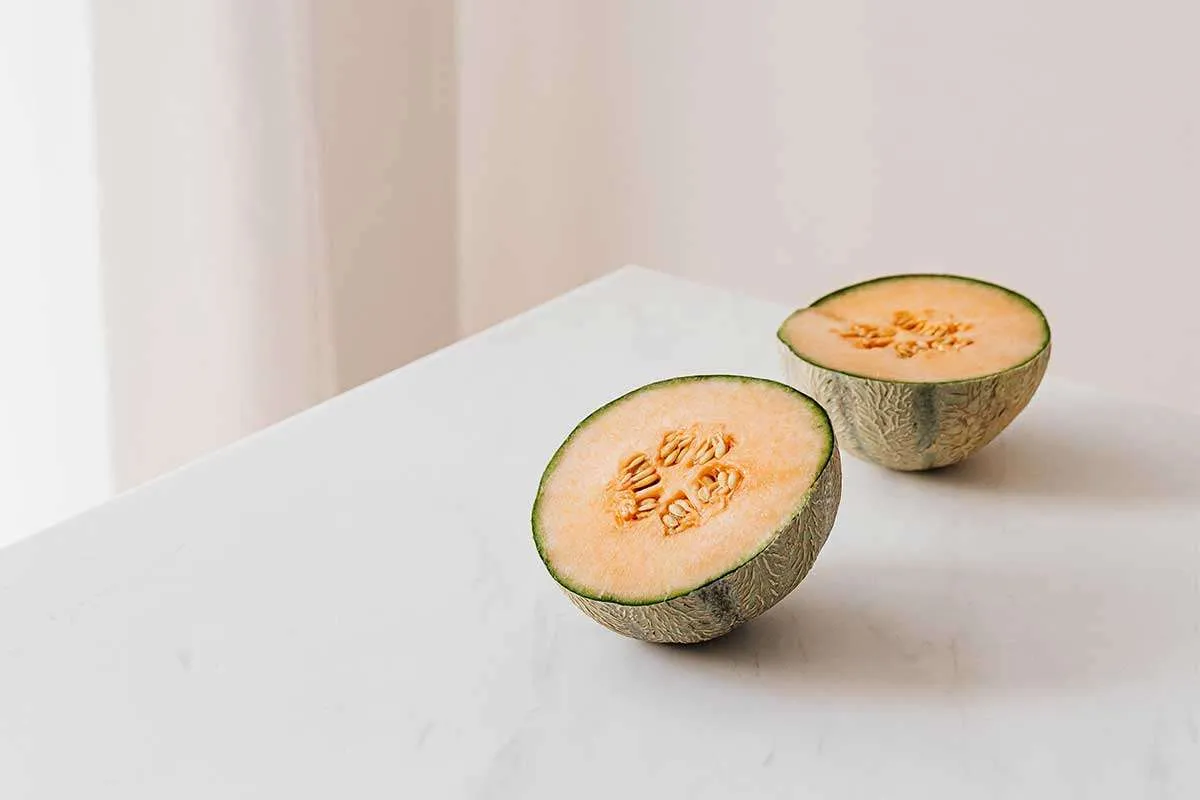
A big, dark green type of melon with light green flesh and a thick, dark-green skin is known as Santa Claus melons.
A small number of individuals believe that the Santa Claus melon skin (also known as Christmas melon) has a watermelon appearance. Still, instead, it is shaped like a canary melon. Other kinds, however, may have greenish-yellow skin as well.
The melon’s skin is medium green in color, and the flesh inside tastes sweet and is quite comparable to a honeydew melon. White rind Santa Claus melons have a little mellower, sweeter flavor than their yellow-skinned cousins.
8. Honey Globe Melon
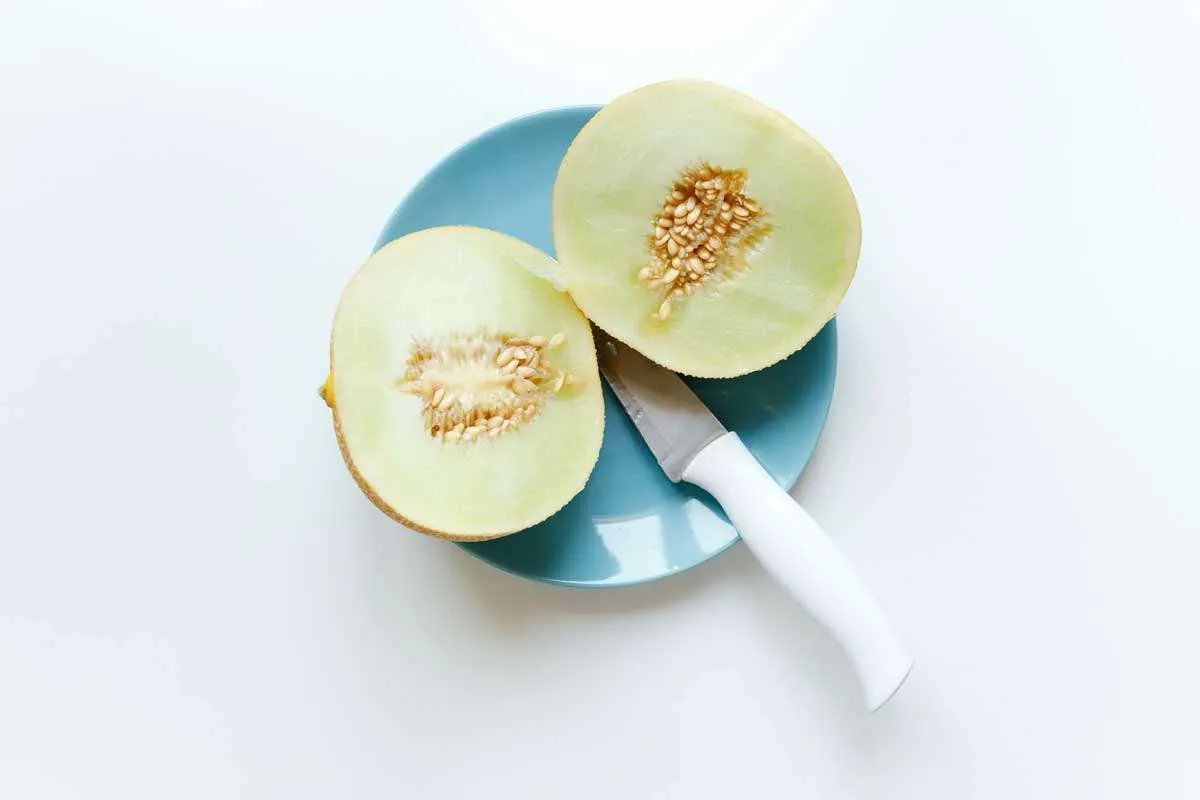
Melons with light green flesh and circular to oval shapes are categorized as “honey globe” melons. Sometimes, the webbed rind of the white melon is speckled with green lines.
Compared to other green and yellow kinds of melon, this provides the melon with a very distinct appearance.
People often refer to this kind of melon as an excellent example of high-quality produce and very delicious. While the unique taste of the Honey Globe melon is what sets it different from other melons, the flavor is still unmistakable.
It is also one of the sweetest melons because 15% of its weight contains sugar. In order to find out whether the flesh is soft and edible, bite into pieces of Honey Globe melon.
9. Valencia Melon
The elongated oval form and thick dark green skin are characteristic of Valencia melons. They are also very juicy.
The Valencia melon originated in Spain and looked like a Santa Claus melon. Valencia melon has sweet, delicate flesh and is extremely pleasant to eat.
Because of its thick fruit skin, this melon has a long shelf life and is still edible all the way through the winter months (watch the video!).
In addition to being sweet, the Valencia Winter melon is low in acidity, making it an ideal type for cooking.
10. Sprite Melon
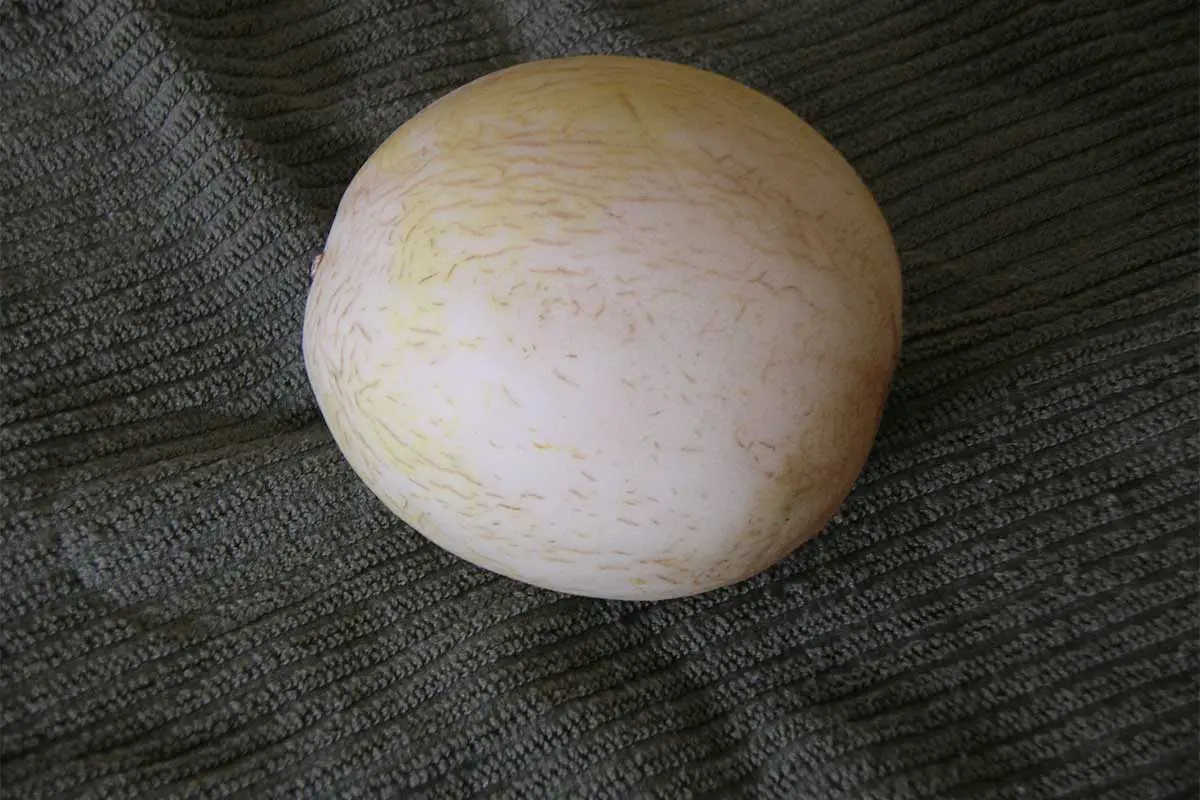
Sprite melon is a light-yellow colored melon that is one of the most miniature varieties of melons with firm delicious flesh.
Sprite melons originated in Japan and are currently cultivated extensively in North Carolina.
In comparison to other melons, the Sprite melon is one of the sweetest. This is because the ivory-colored flesh contains 18% sugar, almost a fourth more than that of other melons.
Additionally, it is one of the tiniest melons available, with an approximate size of a grapefruit.
11. Jade Dew Melon
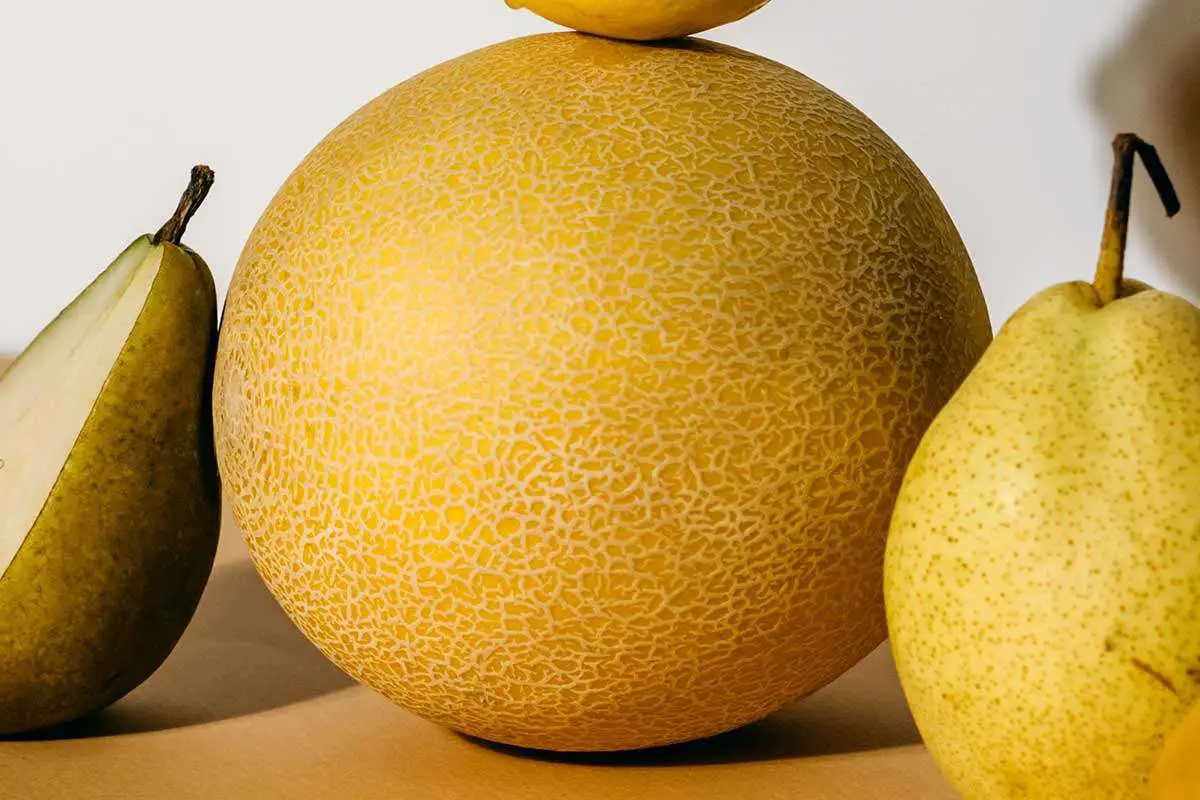
Jade Dew is a tasty melon variety with a light yellow flesh and a sweet, crisp flavor.
This oval-shaped melon of medium size has a pale semi-webbed skin that conceals its delectably delicious flesh.
Unlike other cantaloupe varieties, the Jade Dew melon’s flesh has a distinct crunch upon biting into it.
12. Crenshaw Melon
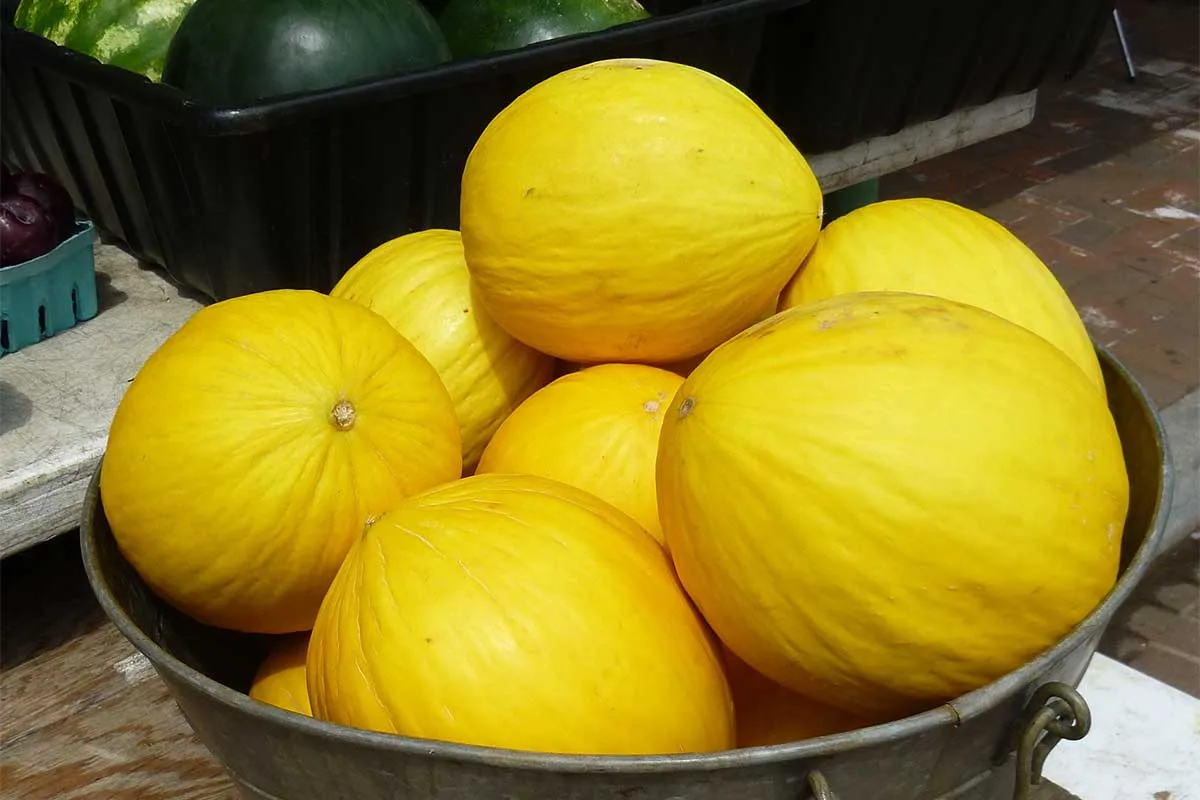
The rind of the Crenshaw melon is light yellow and green in color, and it has a firm texture. The Crenshaw melon has a unique form compared to other types of melons, such as the watermelon.
It has a flattened bottom, and a tapering pointed top at the blossom end, while at the stem end, it has a slightly spherical shape.
When you cut into this golden melon, you will discover creamy soft flesh that is the color of pale peaches on the inside.
A highly sweet flavor with a bit of spicy undertone characterizes the Crenshaw melon’s taste.
13. Sharlyn Melon
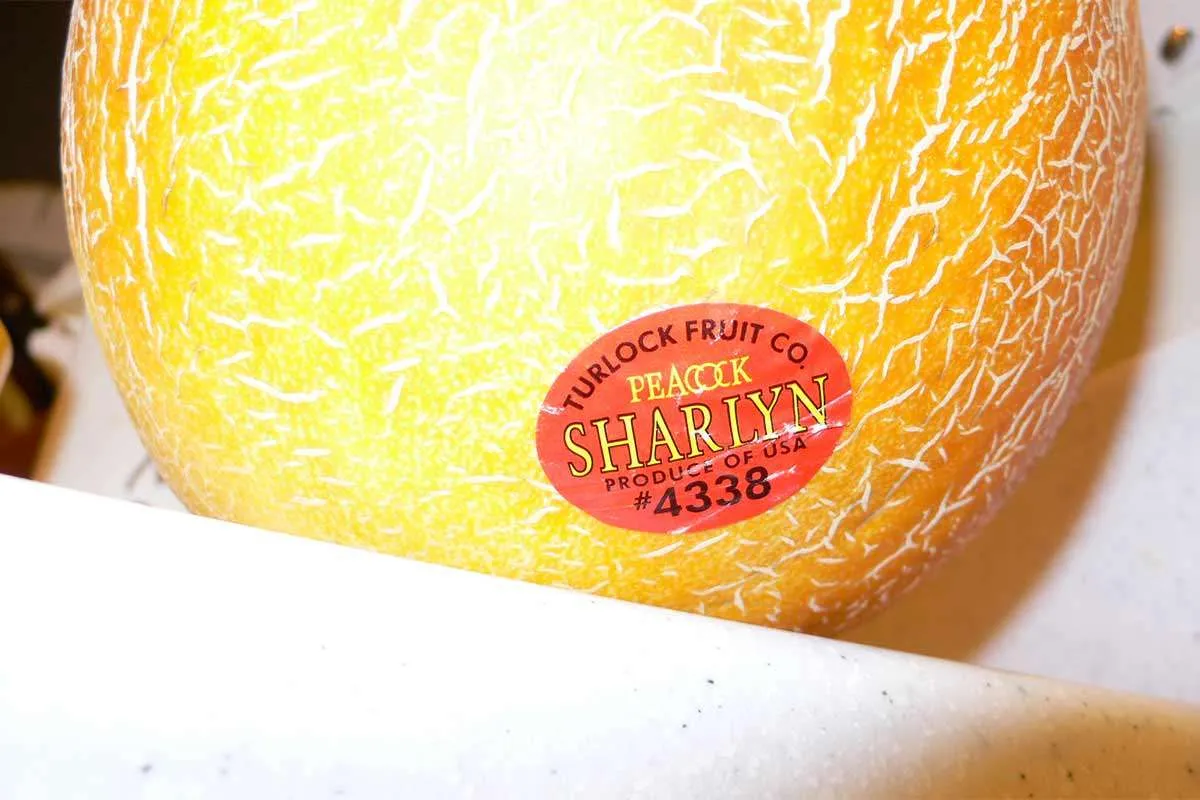
A kind of oval muskmelon, Sharlyn melons feature the characteristic webbing of many cantaloupes on the surface of their light-orange skin, which is typical of this variety.
In comparison to cantaloupes, Sharlyn melons are less sweet, which is one of the main distinctions between the two fruits.
This fruit has a light orange flesh that is creamy and delicious but not too sweet. Sharlyn melons, according to some, have a flavor that is similar to pineapple flavoring.
14. Snow Leopard Melon
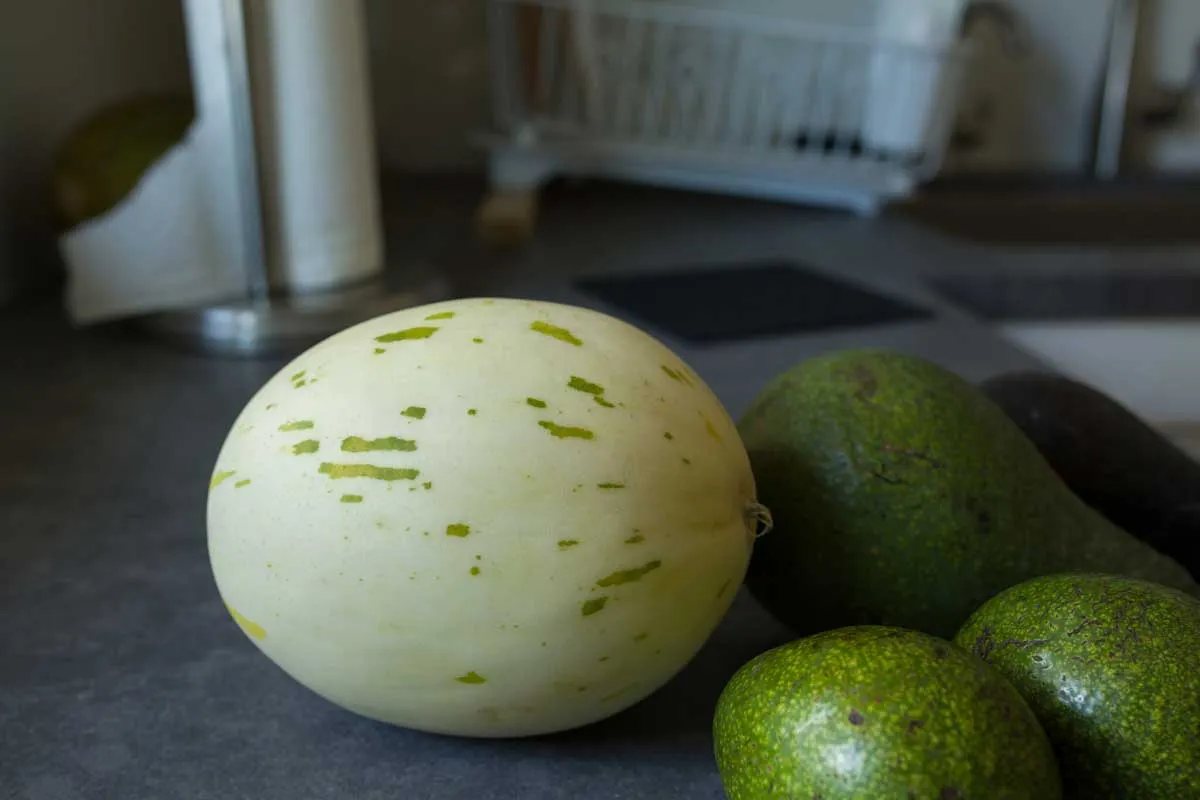
Snow Leopard melon is an unusual kind of melon with white skin and green patterns. Occasionally referred to as the Ivory Gaya, this tiny round melon has creamy white flesh that is very delicate and delicious.
According to some, the sweet flavor of Snow Leopard melons includes hints of honey and pear.
15. Horned Melon
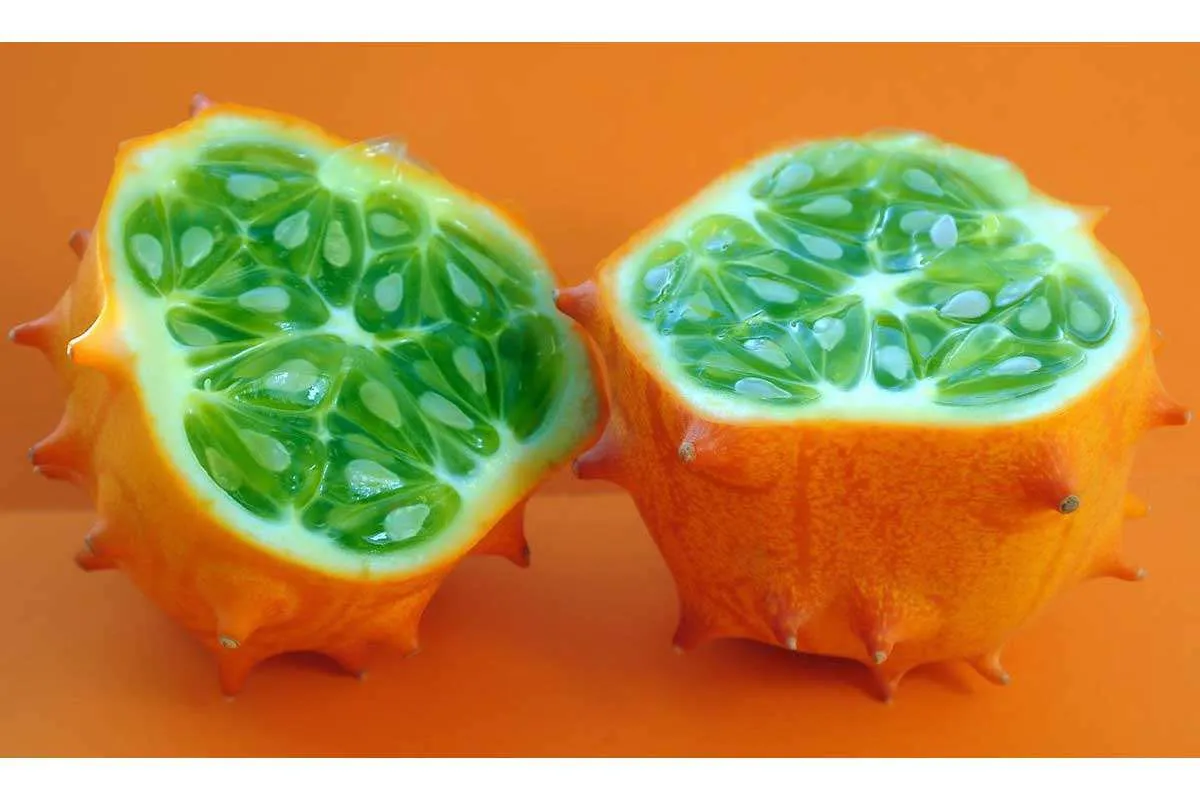
Its bright orange skin and spiky protrusions make the Horned Melon (Cucumis metuliferus) one of the most unique melons you will encounter. This kind of spiky melon is now found all over the globe.
While it’s also known as the African Horned Cucumber, the jelly melon, and the spiked melon, it is also named Kiwano, the African Horned Cucumber.
Many edible seeds are embedded in the gelatinous lime-green flesh of a horned melon when you cut it open. Their delicious flavour is very pleasant, Horned melons in particular.
The Horned Melon is distinct from all other melons when it comes to the texture of its skin. It mimics the feel of passion fruits or pomegranates instead of having a solid, tart flesh like cantaloupes or honeydews.
What is a Bitter Melon?
The Bitter melon is native to South India and is now cultivated across Asia, Africa, and the Caribbean. This kind of melon comes in a range of forms and sizes thanks to various cultivars.
The bitter melon cultivar that is popular in China has a lengthy form that narrows at the ends. This kind of bitter melon is typically 20–30 cm (7.9–11.8 in) long with light green skin that is gently rough.
The bitter melon cultivar prevalent in India is narrower with pointy ends and has a bumpier surface than the Chinese variety, which has more pronounced ridges. It’s often a deeper hue of green. Bitter melon is a frequent ingredient in Asian cuisine.
Benefits of Eating Bitter Melon
Bitter melon is used to treat diabetes, obesity, stomach and intestinal issues, and a variety of other ailments. Bitter gourd carries an insulin-like molecule known as Polypeptide-p or p-insulin, which has been proven to manage diabetes naturally.
It also aids in the reduction of harmful cholesterol levels in the body. As a result, it substantially lowers the risk of heart attack and stroke.”
It also helps to keep the blood pressure in check because it contains potassium, which absorbs excess salt in the body.
It contains iron and folic acid, both of which are proven to lower the risk of stroke and keep your heart healthy.
How To Choose the Perfect Melon Fruit?
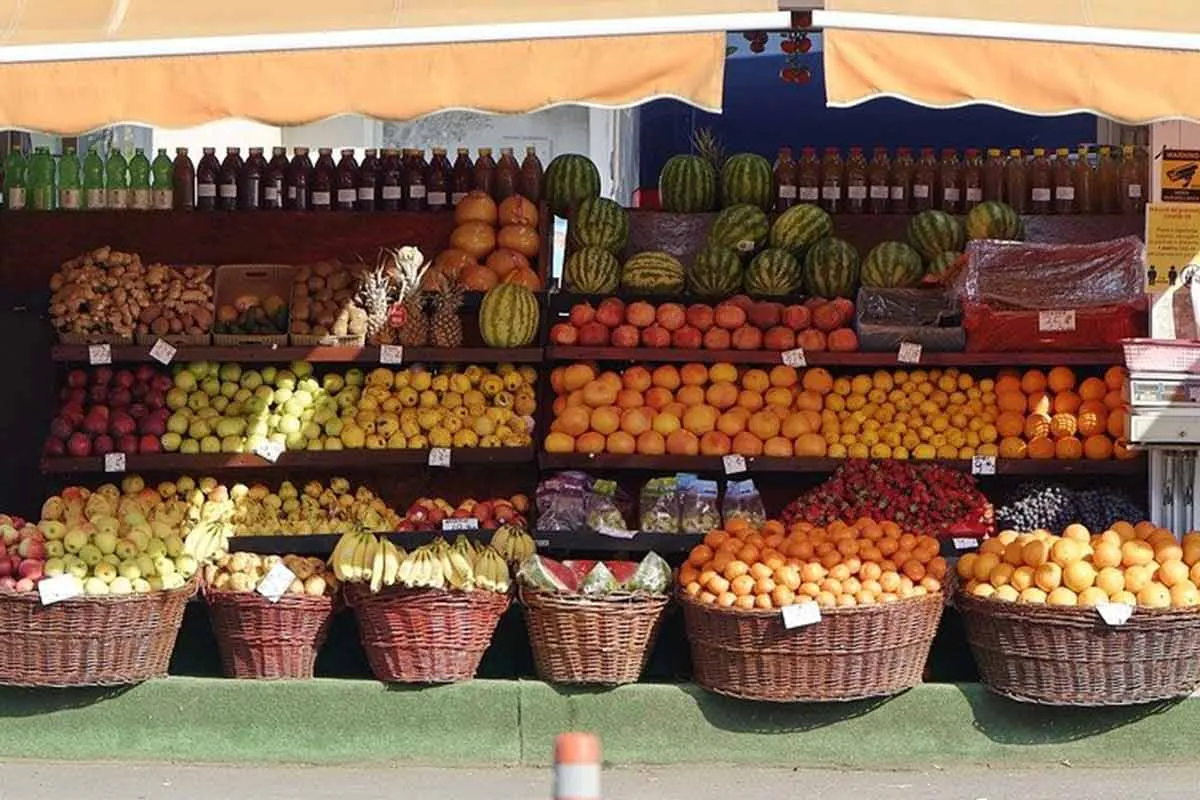
To be ready to eat, a melon must be fully ripe. Melons grown on the vine mature quickly and remain delicious and juicy for some time after they have been picked.
It is often difficult to tell when a melon is ready to be eaten. Some can even taste sweeter and juicier after they have been picked. There are times when it is difficult to tell when a melon is ready to eat.
Find and Pick the best melon using these tips:
- You should inspect the skin to see whether there are any bruises or if it has become soft.
- Skin color should also be inspected. For yellow melons, like canary melons, to be vivid, the color should be very bright. Honeydew melons, on the other hand, should have a paler, somewhat yellow-colored hue.
- Do not purchase plants with green areas. The rind color of cantaloupes and muskmelons may be light green, golden, or orange, depending on the type.
- Because heavier melons tend to be more succulent and juicier, always check the weight before purchasing.
- Try to sniff the melon. I should caution you that some melons, like honeydew and cantaloupe, are not thought to have a pleasant or fresh fragrance.
- A gentle tap on watermelons will help ensure that they sound hollow.
- The best way to judge the proper ripeness of a cantaloupe is to hold it in your hand and squeeze it.
Well, that’s all about the different types of melons.
Which one are you going to try for the first time?
Let us know in the comments below.






